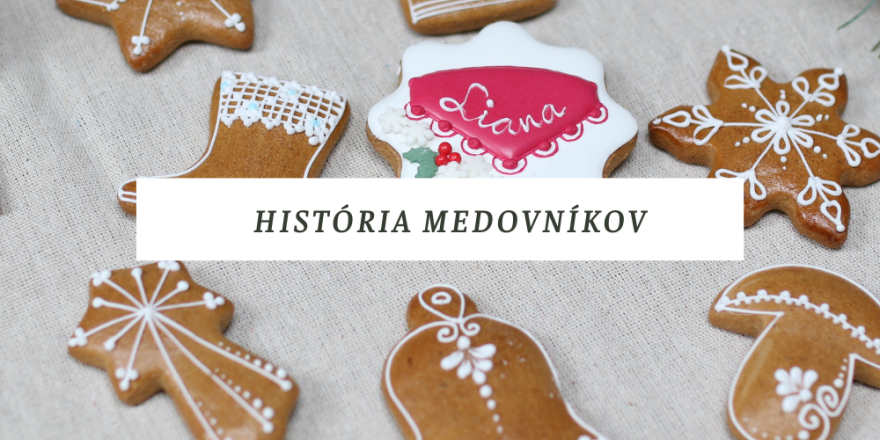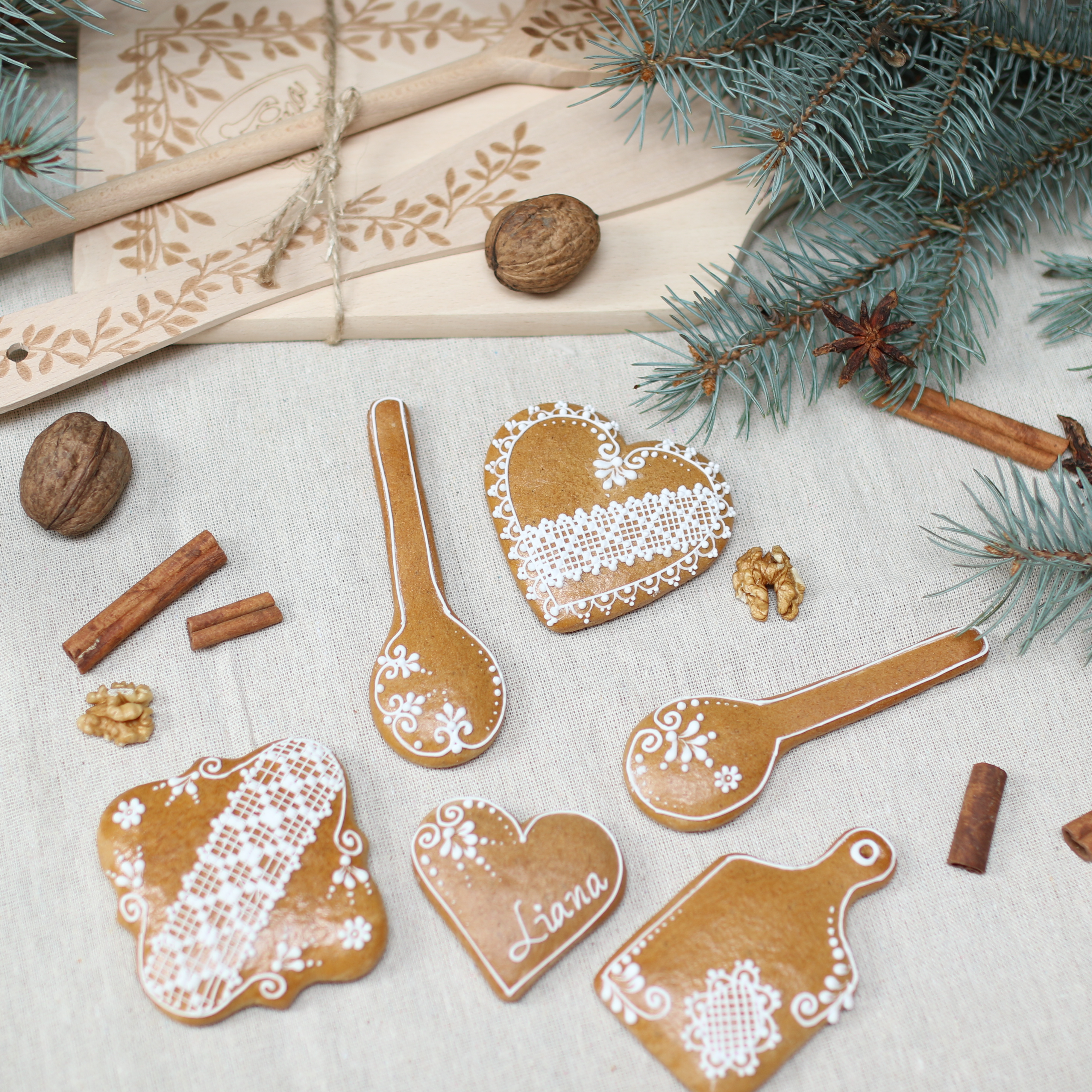What is the first thing that comes to your mind when you say Christmas time? Are they the flavors of Christmas dinner, the smell of traditional cakes or punch and mulled wine? For many, Christmas is associated with the smell of gingerbread spice and therefore also with the baking of gingerbread and gingerbread. In the article, we will introduce you to the history and origin of this traditional delicacy.
THE MIDDLE AGES
Spice trade: The origins of gingerbread can be traced back to the medieval spice trade and the culinary traditions of the Middle Ages in Europe. Spices such as ginger, cinnamon and black pepper were highly valued commodities imported to Europe from Asia and the Middle East. These spices were brought to Europe by Arab traders and later reached us through Venetian and Genoese traders whose trade routes led towards the east.
The Influence of Monasteries: Monasteries played a key role in the preservation of knowledge, including the culinary arts, in the Middle Ages. Monks were often custodians of old recipes and experimented with incorporating new ingredients such as spices into their cooking. Ginger, with its proven healing properties, found its way into monastery kitchens, where it was used to flavor bread and other baked goods.
Evolution of gingerbread: At first, gingerbread was more like spiced bread. It was a dense sweetened bread-like cake made with honey and flavored with spices like ginger. The availability of spices increased over time and gingerbread recipes became more varied and sophisticated.
Elizabeth I and her influence: Queen Elizabeth I of England was responsible for popularizing honeydew. According to legend, she had gingerbread figures made to order in the likeness of her important guests. This marked a shift towards shaping gingerbread into recognizable shapes, laying the foundation for the later tradition of making gingerbread men as we know them today.

GERMANY
Germany has a significant connection with the creation and development of gingerbread, especially when it comes to shaping and decorating gingerbread. In the 16th century, the tradition of making and decorating gingerbread and gingerbread houses became popular, especially around Christmas. German immigrants brought this tradition to America, where it continued to develop and gain popularity.
Lebekuchen: The tradition of baking gingerbread in Germany is originally associated with a traditional type of cake called "Lebekuchen". Its original recipe consists of honey, flour and spices. Lebkuchen has the status of protected designation of origin in the European Union, which emphasizes its cultural and historical importance.
Shaping and Decorating: Germany is credited with popularizing the shaping of gingerbread into various forms including human figures, animals and hearts, as well as decorating them. This tradition originated in the 16th century, when more complex molds and cutters began to be used to create detailed and artistic gingerbread shapes.
Gingerbread house: The tradition of baking decorative gingerbread houses is also attributed to Germany. The Grimm brothers' fairy tale "Janko and Marienka", published at the beginning of the 19th century, also contributed to the connection of gingerbread houses with Christmas traditions.
SLOVAKIA
While the tradition of gingerbread in Slovakia is not as well documented as in some other European countries, gingerbread making has been part of Slovak cultural heritage for many centuries.
Influence of the spice trade: Like many other European countries, Slovakia was also influenced by the spice trade, which brought exotic spices from Asia to Europe. Ginger, along with other spices, became available and incorporated into local recipes.
Traditional shapes and designs: Slovak gingerbread can be characterized by traditional shapes and designs that are characteristic of the region. These shapes may include lucky symbols, religious motifs or local cultural symbols. In terms of decorating, the delicate nature of lace designs may inspire some gingerbread makers to use icing to decorate gingerbread cookies with lace and similar traditional and folk motifs.
Cultural symbolism: Honeysuckle in Slovakia, as in many cultures, can carry cultural symbolism. It can be given as an edible Christmas gift or given on special occasions when it symbolizes love and devotion.
Although specific historical records or detailed documentation are not as widespread in Slovakia compared to some other European countries, the presence of gingerbread in Slovak holiday traditions and its inclusion in holiday baking reflects its cultural significance. The tradition probably developed over time, influenced by local ingredients, cultural customs and the Christian spirit of the Slovak people. The craft associated with the creation of decorated gingerbread is still celebrated as an art form.
Sources:
https://www.pbs.org/food/the-history-kitchen/history-gingerbread/
https://stptrans.com/gingerbread-the-history-the-traditions-the-recipes/












